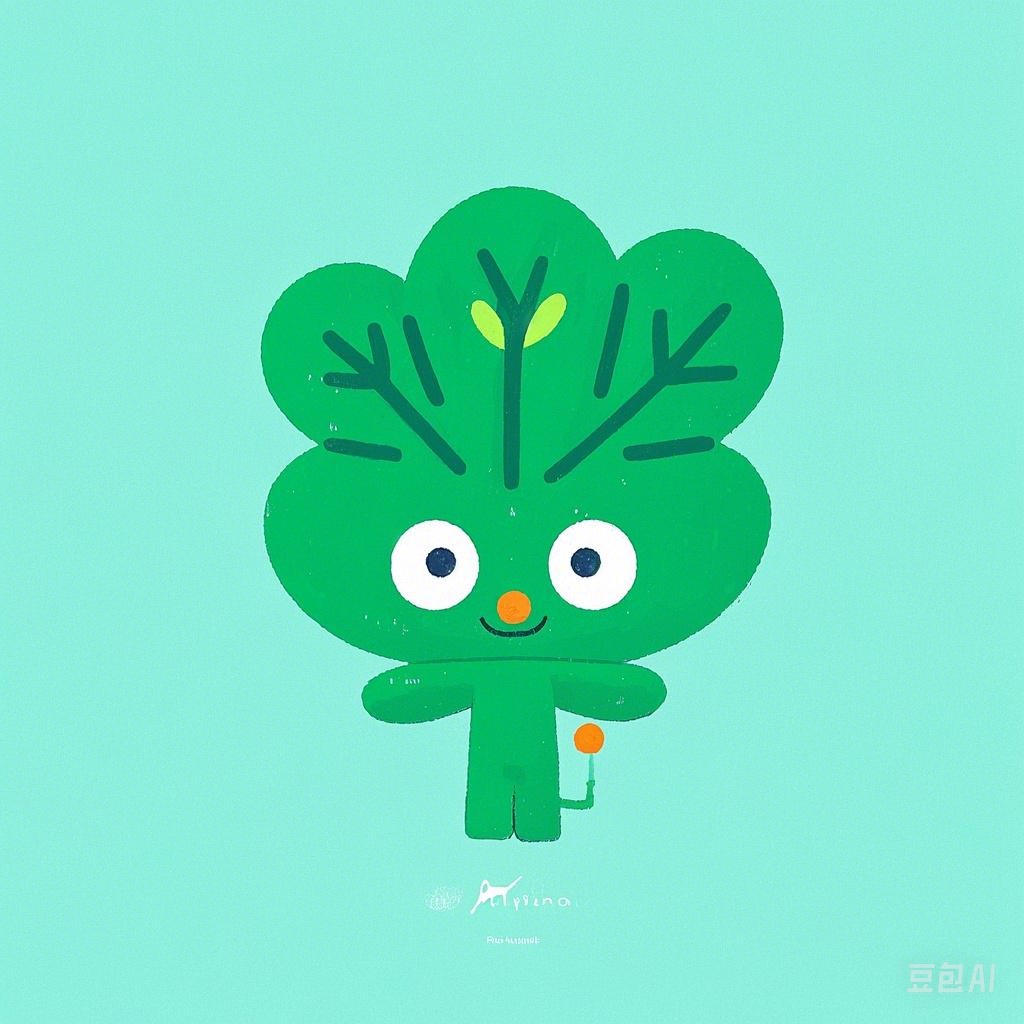Introduction
In an era where environmental consciousness is gaining traction, crafting an eco-brochure can be a powerful tool for spreading awareness and encouraging sustainable practices. This guide will walk you through the process of creating a compelling eco-brochure that not only informs but also inspires action. We will cover the key elements, design principles, and distribution strategies to ensure your brochure makes a lasting impact.
Key Elements of an Eco-Brochure
1. Clear Message and Purpose
Before diving into design, it’s crucial to establish a clear message and purpose for your brochure. Ask yourself:
- What is the main goal of this brochure?
- Who is the target audience?
- What specific action do you want your audience to take?
2. High-Quality Content
Content is king, especially in an eco-brochure. Here are some content elements to consider:
- Informative Text: Provide valuable information about environmental issues, sustainable practices, and your organization’s initiatives.
- Visuals: Use high-quality images and graphics that resonate with your audience and convey your message effectively.
- Case Studies: Share success stories or case studies that illustrate the positive impact of eco-friendly practices.
3. Eco-Friendly Materials
Choose materials that align with your message of sustainability. Here are some options:
- Recycled Paper: Opt for paper made from recycled materials to reduce the environmental impact.
- Non-Toxic Inks: Use inks that are free from harmful chemicals.
- Biodegradable Adhesives: If you’re using staples or other adhesives, choose biodegradable options.
Design Principles
1. Simplicity
A cluttered design can overwhelm your audience. Keep your layout clean and straightforward, with plenty of white space to enhance readability.
2. Consistent Branding
Ensure your brochure aligns with your organization’s branding, including colors, fonts, and logos.
3. Visually Appealing
Use high-quality visuals to draw attention and engage your audience. Consider the following:
- Color Scheme: Choose natural, earthy tones that evoke a sense of connection with nature.
- Images: Use vibrant, high-resolution images that capture the beauty of the environment.
- Typography: Select fonts that are easy to read and convey a sense of eco-friendliness.
Content Structure
1. Front Cover
- Headline: A catchy, informative headline that grabs attention.
- Image: A striking image that represents your organization or the eco-message.
- Brand Logo: Clearly display your organization’s logo.
2. Inside Pages
- Introduction: A brief overview of your organization and the purpose of the brochure.
- Content Sections: Organize your content into sections, such as “Why Sustainability Matters,” “Our Initiatives,” and “How You Can Help.”
- Call to Action: Encourage your audience to take action, whether it’s supporting your organization, adopting sustainable practices, or visiting your website.
3. Back Cover
- Contact Information: Provide easy ways for readers to get in touch with your organization.
- QR Code: Include a QR code that links to your website or a specific landing page for more information.
Distribution Strategies
1. Online Distribution
- Email Marketing: Send the brochure as a PDF attachment to your email subscribers.
- Social Media: Share the brochure on your social media platforms and encourage sharing.
- Website: Host the brochure on your website for easy access.
2. Offline Distribution
- Events: Distribute brochures at environmental events, workshops, and conferences.
- Partnerships: Collaborate with local businesses or organizations to distribute your brochures.
- Community Centers: Leave brochures in community centers, libraries, and schools.
Conclusion
Crafting a compelling eco-brochure is a multifaceted process that requires careful planning, thoughtful design, and a clear message. By following these guidelines, you can create a powerful tool that not only educates but also inspires action towards a more sustainable future. Remember to stay true to your brand and mission, and don’t hesitate to experiment with different designs and distribution strategies to find what works best for your audience.
